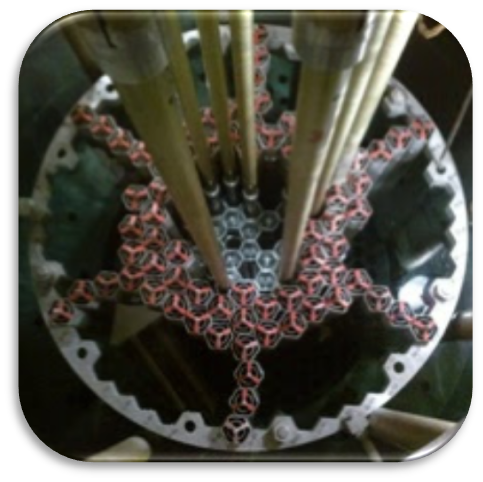Experimental facilities of the WWR-K reactor
DOI:
https://doi.org/10.63907/ansa.v1i1.22Keywords:
WWR-K reactor, critical facility, gas-vacuum loop facility, neutron tomography, radiography facility, neutron reflectometryAbstract
The WWR-K reactor is a multipurpose research reactor located in Almaty, Kazakhstan. Originally commissioned in 1967, it has undergone several modifications, including seismic safety improvements and a transition to low-enriched fuel, which doubled the thermal neutron flux in the reactor core. Currently, the WWR-K reactor supports a wide range of experimental and applied research activities, including nuclear fuel and structural materials testing, neutron radiography and tomography, neutron reflectometry, and neutron activation analysis. This paper provides an overview of the key experimental facilities available at the WWR-K reactor, including the critical facility, gas-vacuum loop facility, neutron tomography and radiography facility, neutron reflectometry, neutron diffraction, and instrumental neutron activation analysis systems. Each facility is described in terms of its technical parameters, capabilities, and applications in nuclear research, material science, and industrial testing. The reactor’s unique combination of neutron sources and experimental setups enables advanced studies in nuclear physics, radiation materials science, and applied engineering.

Downloads
Published
Issue
Section
License
Copyright (c) 2025 Republican State Enterprise on the Right of Economic Management Institute of Nuclear Physics of the Ministry of Energy of the Republic of Kazakhstan, 1 Ibragimov Street, Almaty, 050032, Kazakhstan

This work is licensed under a Creative Commons Attribution 4.0 International License.





